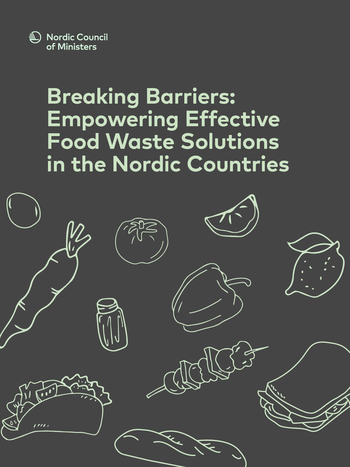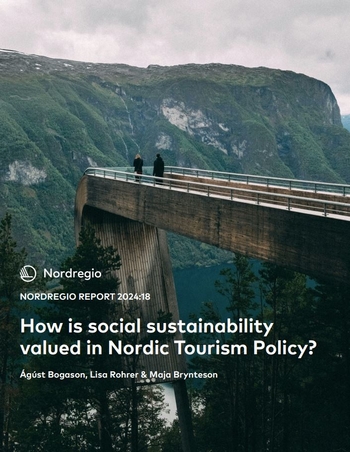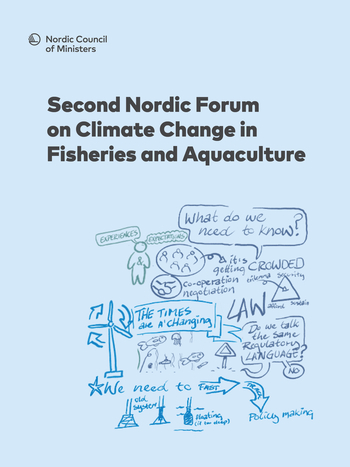EU maximum levels for dioxins and dioxin-like PCBs
– Impact on exposure and food supply in the Nordic countries

Information
Publish date
Abstract
The project "Review of maximum levels for dioxins and dioxin-like PCBs, impact on the consumer exposure and the food supply", was initiated by The Nordic Council of Ministers as one of their project to follow up the agreement from 2002 to establish a Nordic cooperation for dioxins and dioxin-like PCBs. The report gives an overview of the current legislations on dioxins and dioxin-like PCBs in foods, and summarizes how the dioxin risks have been assessed and handled in the Nordic countries. Data on dioxins and dioxin-like PCBs in different foods from the Nordic countries are presented together, as well as a comparison of dietary exposure. Several countries have lately carried out a risk-benefit evaluation to find a good balance between the benefit of eating fish and the need to protect vulnerable groups at risk. The report gives a short summary of the consumption advices given in the Nordic countries related to dioxins and PCBs. The project group has discussed the impact on food supply in the Nordic countries if the current EU maximum levels for dioxins and dioxin-like PCBs in food are reduced with 25%, based on Nordic occurrence data presented in the report. The present work showed that a 25% reduction of maximum levels would just have minor, if any, impact on food supply or exposure. The project group agreed on recommendations for use in the upcoming discussions when EU shall review maximum levels for dioxins and dioxin-like PCBs in foodstuffs.
Publication number
2008:531




